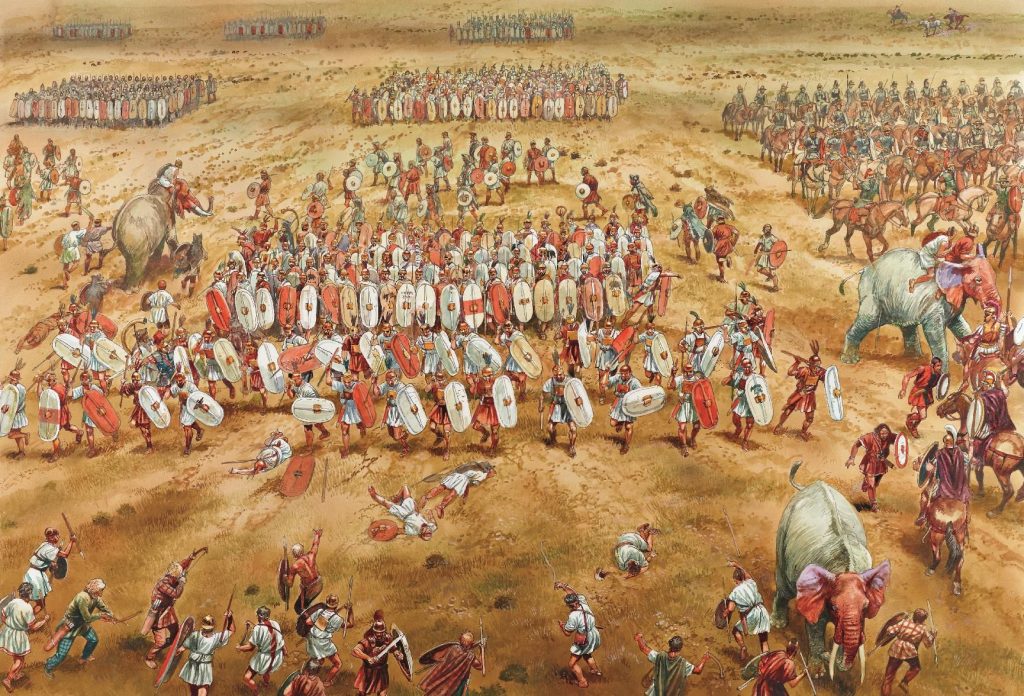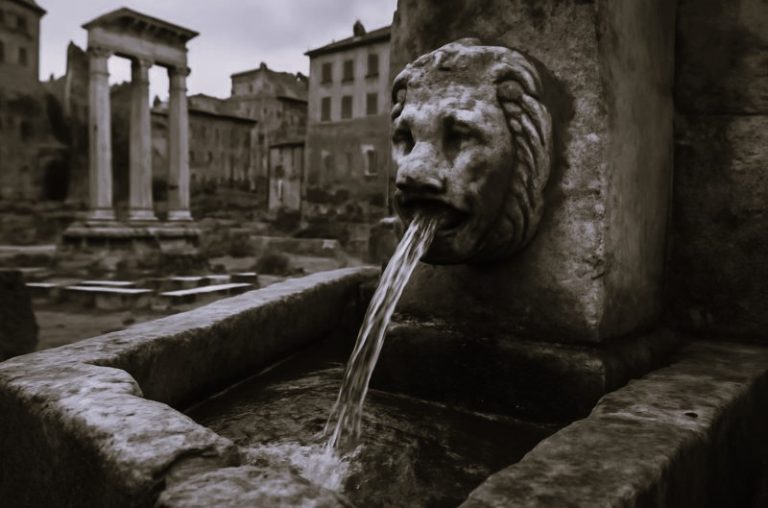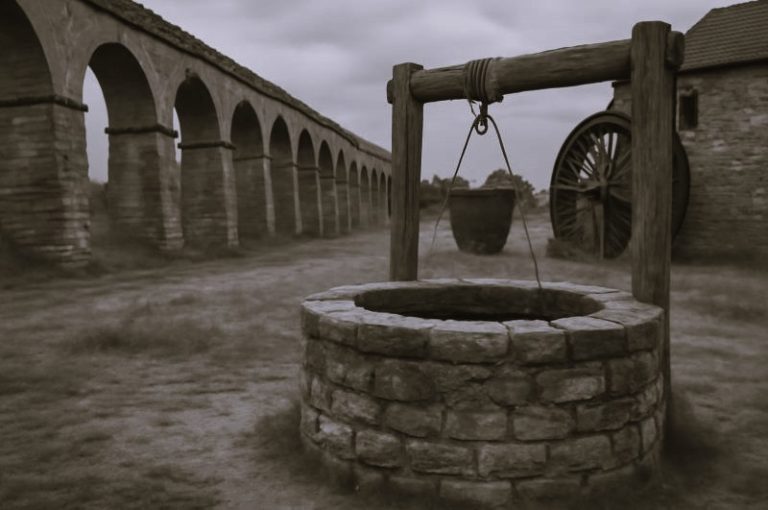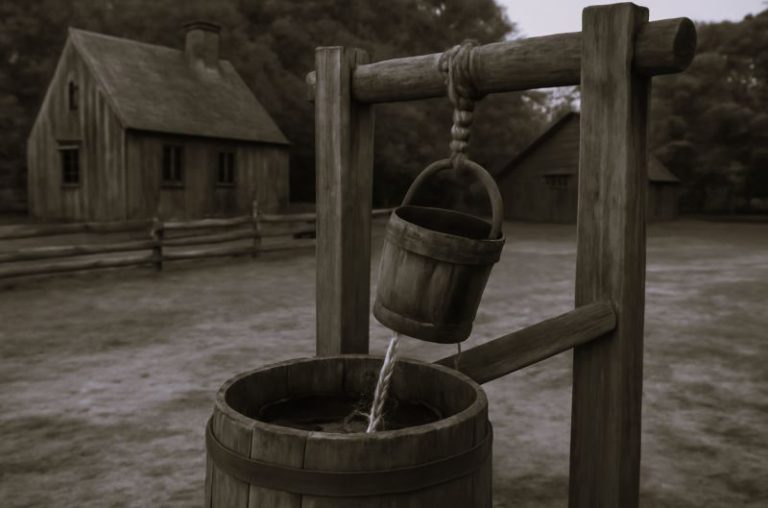
The Battle of Zama not only ended the Second Punic War, it also established the Roman army as the greatest fighting force since the armies of Alexander the Great.

By Dr. Joshua J. Mark
Professor of Philosophy
Marist College
Introduction
The Second Punic War (218-202 BCE) began when the Carthaginian general Hannibal attacked the city of Saguntum, a Roman ally, reached its height with the Carthaginian victory at Cannae (216) and ended with the Battle of Zama. At Zama, in North Africa, fifty miles south of the city of Carthage, the Roman general Scipio Africanus met Hannibal’s forces and defeated them. Scipio’s success as a commander culminated in his win at Zama but began shortly after Cannae. At the Battle of Cannae, Hannibal expertly defeated the Roman legions by tricking them into marching into a trap. At that battle, in which Scipio took part as a twenty-year old, he witnessed first-hand Hannibal’s brilliance in strategy on the field, learned from it, and turned those same strategies against the Carthaginian.
Scipio Attacks New Carthage
Shortly after Cannae, Scipio led his troops against the city of New Carthage in Spain. New Carthage was thought to be impregnable owing to its fortifications and the natural defense of a lagoon protecting one whole side of the city. Prior to Cannae, Roman military tactics relied largely on strength of numbers and sheer might of force. Scipio, following Hannibal’s lead of a thinking commander, gathered intelligence that the water level of the lagoon dropped a significant amount at night owing to the ebb of the tide.
Directing his second-in-command, Gaius Laelius, to mount a naval attack, and sending his infantry against the gates of the city, Scipio seized on this advantage of the lagoon. He led a column through the water at low tide, breached the walls, and captured the city. Scipio would continue on with this same type of strategy in his other engagements with the Carthaginian forces and, most notably, at Zama.
Scipio Invades Africa
Believing, rightly, that if he struck at Carthage itself Hannibal would be recalled from Italy to defend it, Scipio invaded North Africa in 205 BCE. After a siege, he took the city of Utica, allied himself with the Numidian King Masinissa, and marched for Carthage. Hannibal, who had been devastating Italy for the past twelve years, was recalled to defend the city.
Both armies numbered about 40,000 when they met on the field. In Italy, Hannibal had been forced to fight without elephants (most of whom had been lost in his crossing of the Alps) but now back in Africa he arranged his elephant corps at the front of his lines followed by a continuous line of mercenaries, then Libyan allies, and finally his Carthaginian veterans from the Italian campaigns. To his left and right he set his cavalry in the wings.

Scipio also arranged his lines but, instead of a continuous, unbroken line across the field, set the soldiers in columns. The gaps in these columns were masked by light infantry toward the front, making it appear as though Scipio had formed his men in the same way as Hannibal had his. To the Roman army’s left wing were the Italian cavalry, commanded by Gaius Laelius, and, to the right, the Numidian cavalry of Masinissa.

Hannibal made the first move, sending his elephants charging toward Scipio’s forces. Scipio ordered his men to hold their positions and then, at a given signal, the light infantry masking the front line moved into the columns and, at the same time, Scipio ordered his trumpets to blow and drums beat. The elephants ran harmlessly through the alleys between the columns or, startled by the trumpet blasts and the loud shouts of the Romans, turned around to trample the Carthaginian forces. Hannibal’s elephant charge had failed.

The Roman and Numidian cavalry then deployed and attacked the Carthaginian cavalry, driving them from the field. In doing so, the Roman cavalry swung to the left and right around the infantry forces on the field and the two cavalry forces fought behind the Carthaginian lines. Scipio’s infantry now advanced, mobilizing from the column formation to continuous lines, and pushed back the mercenary front lines of the Carthaginians.

The lines were so densely packed that the mercenaries fell back into the Libyan forces who could not give way because of the Carthaginians behind them. As the mercenaries were being crushed between the advancing Roman forces and the Libyans, they began to attack the Libyans to break through and escape. At this same time, the combined cavalry of Laelius and Masinissa returned to fall on the Carthaginian forces in the rear.

Hannibal’s forces were all but surrounded; 20,000 were killed and many more severely wounded. Hannibal himself escaped back to Carthage where he told the senate that he lost not only the battle, but the war, and suggested they sue for peace.
Rome’s Victory
The Battle of Zama not only ended the Second Punic War, it also established the Roman army as the greatest fighting force since the armies of Alexander the Great. At the Battle of Cannae, Rome had relied on traditional tactics using superior numbers to crush an enemy and, from that defeat, Scipio understood that new arts of war were necessary. After Scipio’s brilliant reforms to Roman military strategy and tactics, the Romans would go on to conquer the known world. Zama, then, was the end of the Second Punic War and the beginning of Roman conquest.
Bibliography
- The Battle of Zama
- Don Nardo. The Battle of Zama. (Lucent Books, 1995).
- Will Durant. Caesar and Christ. (Simon & Schuster, 1980).
Originally published by the Ancient History Encyclopedia, 12.20.2011, under a Creative Commons: Attribution-NonCommercial-ShareAlike 3.0 Unported license.







